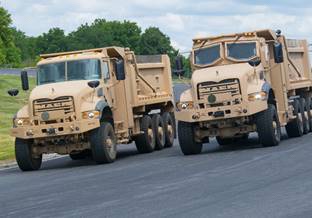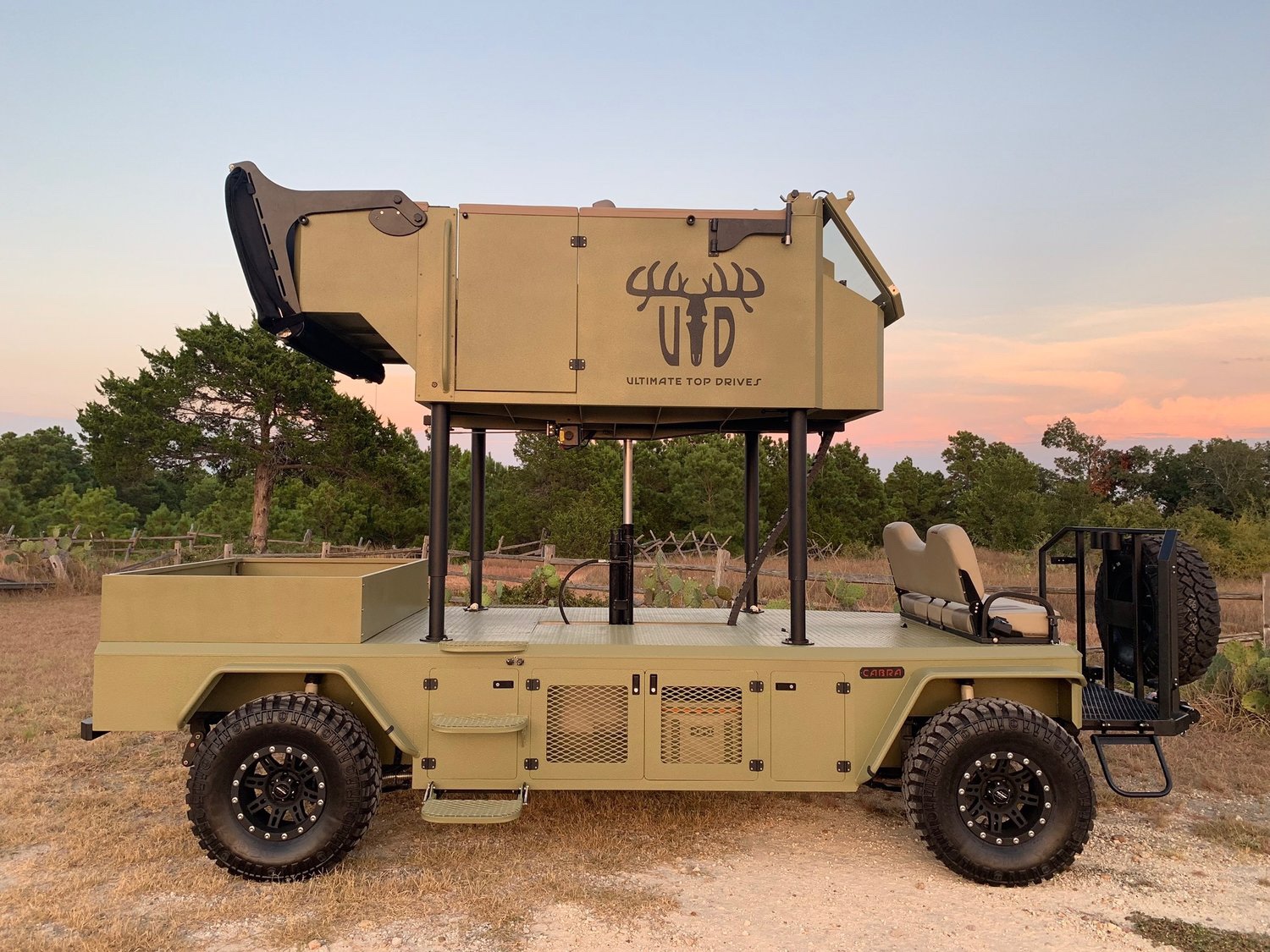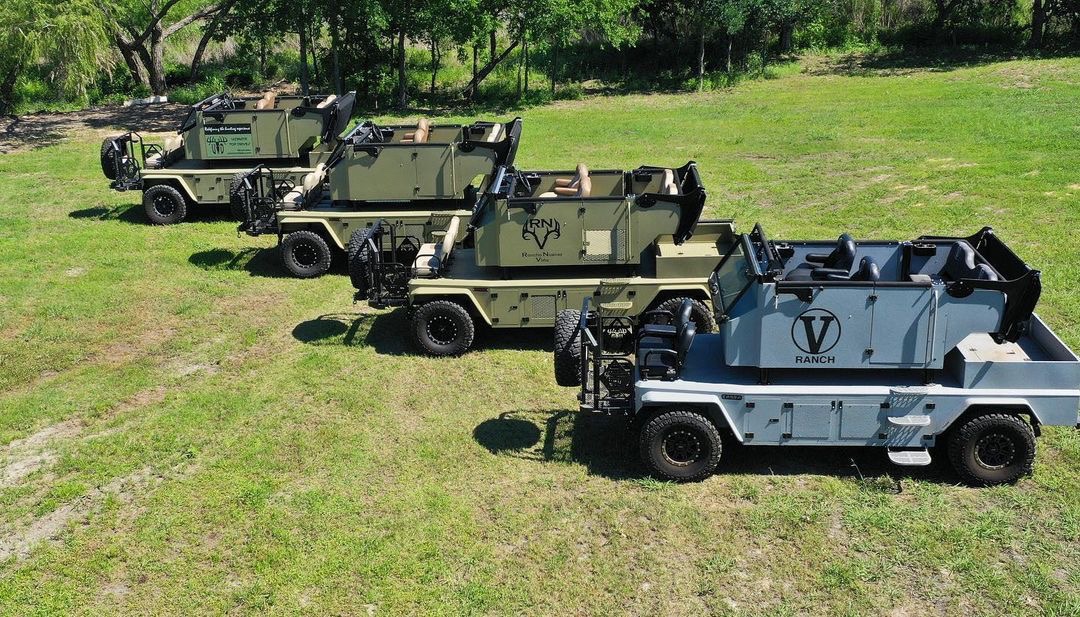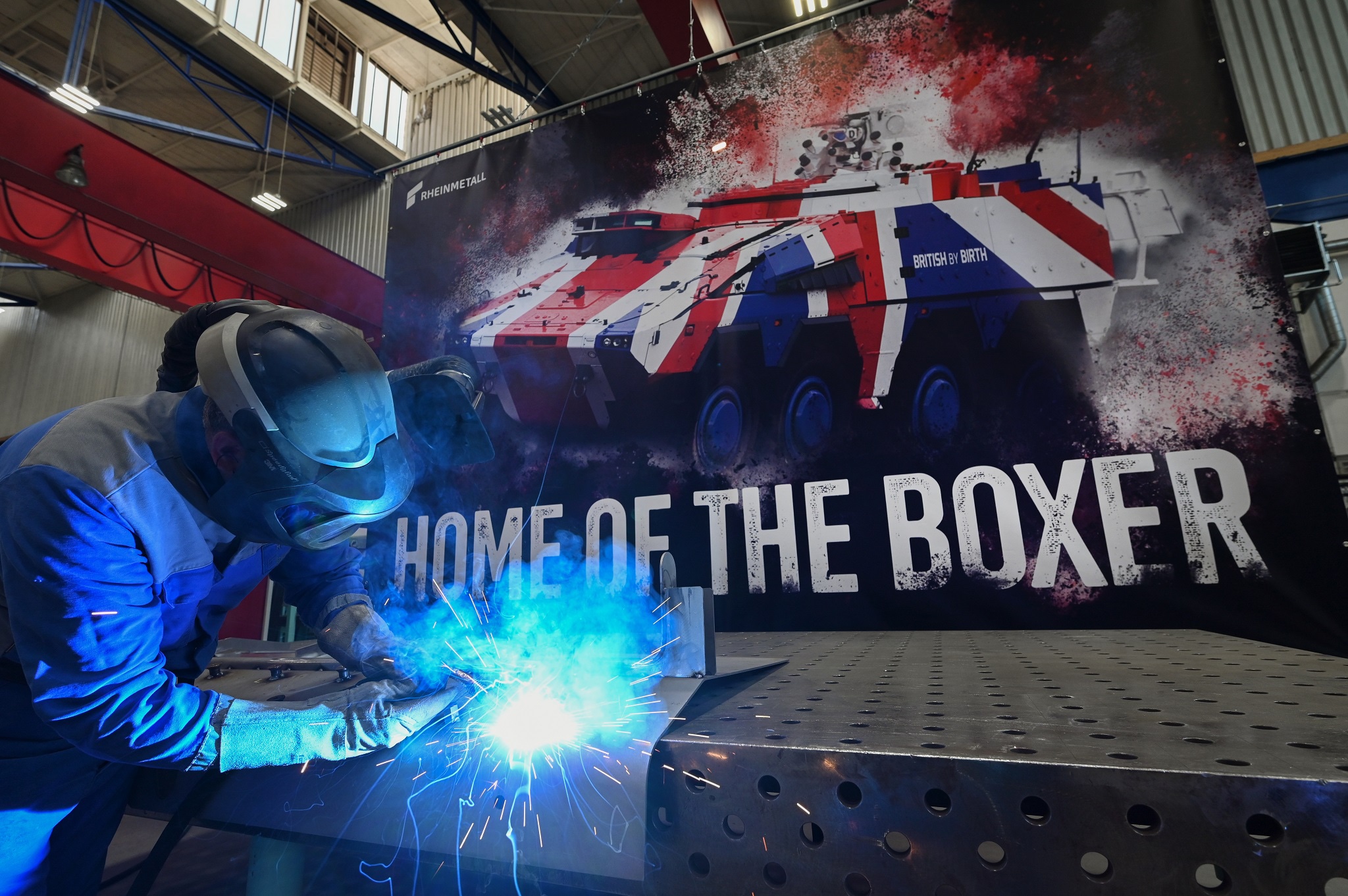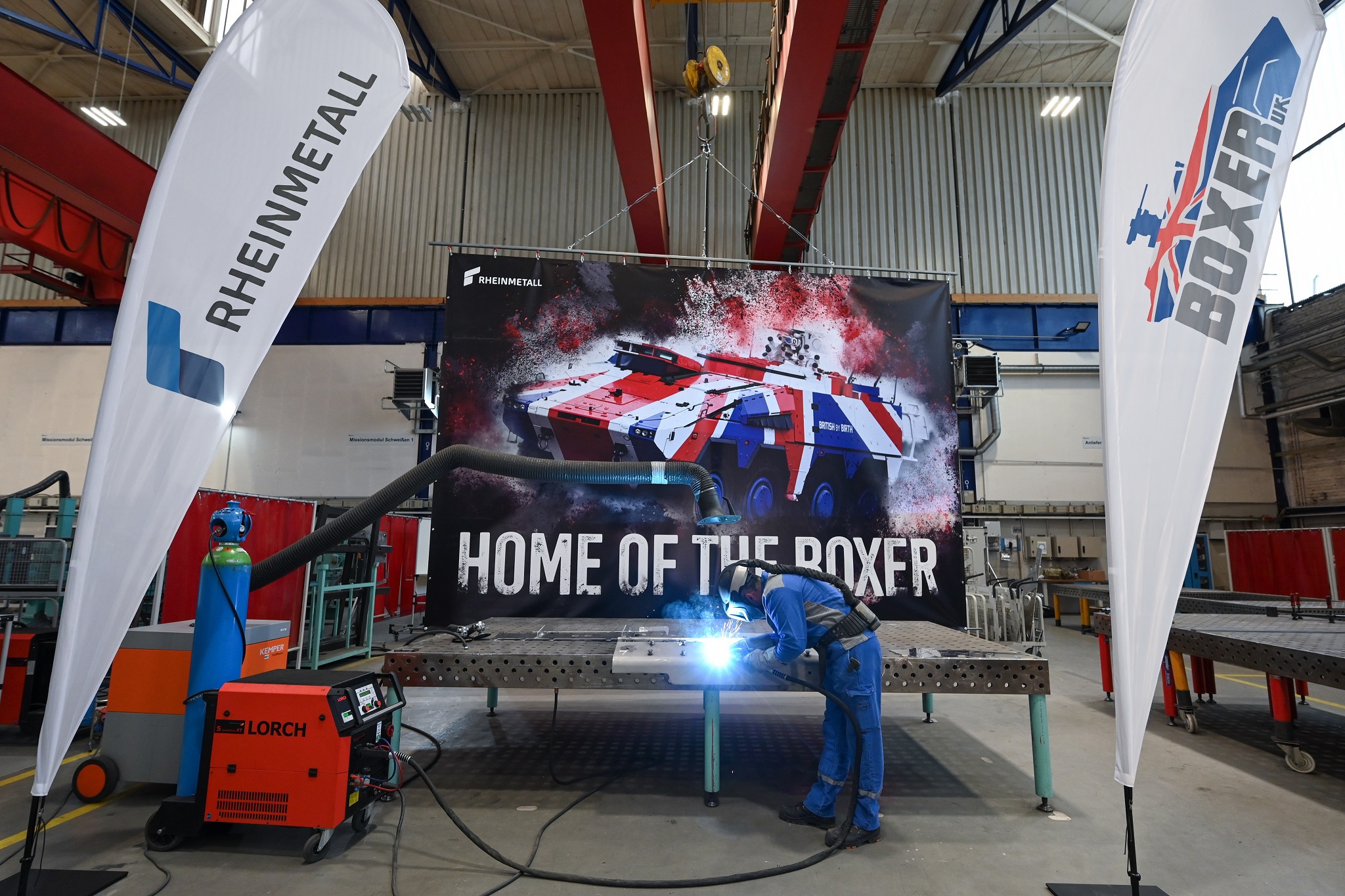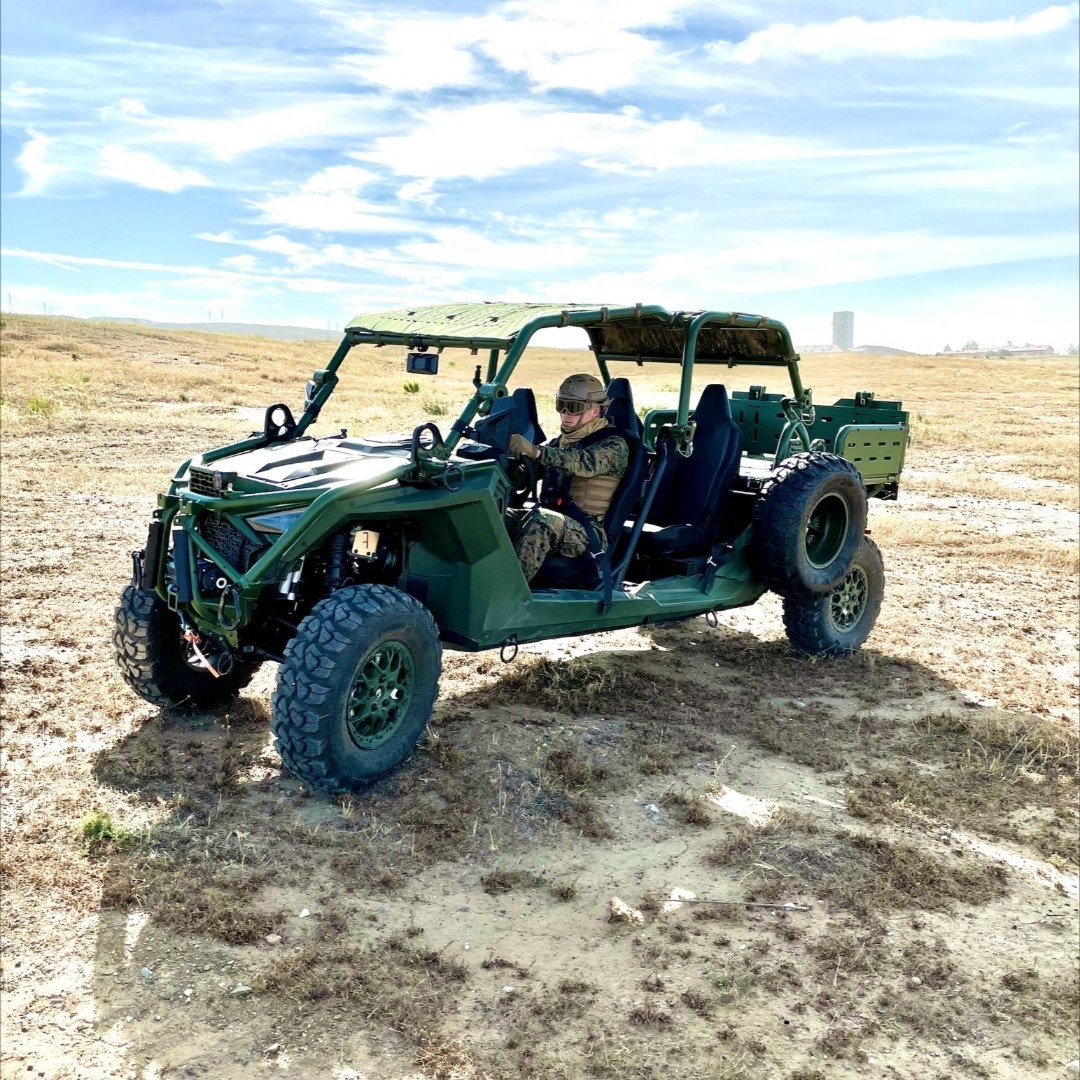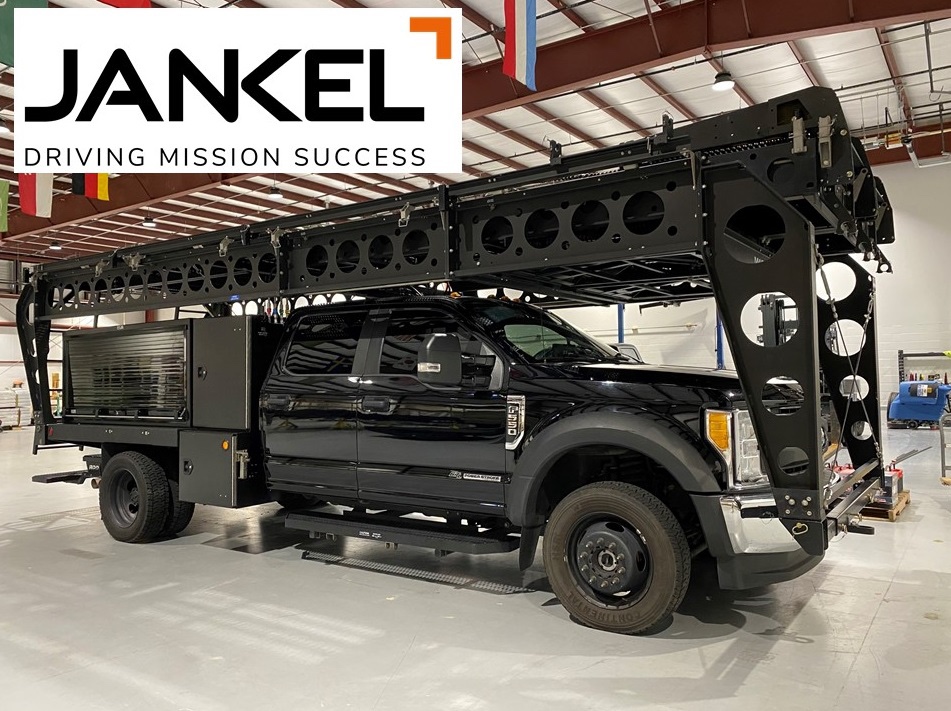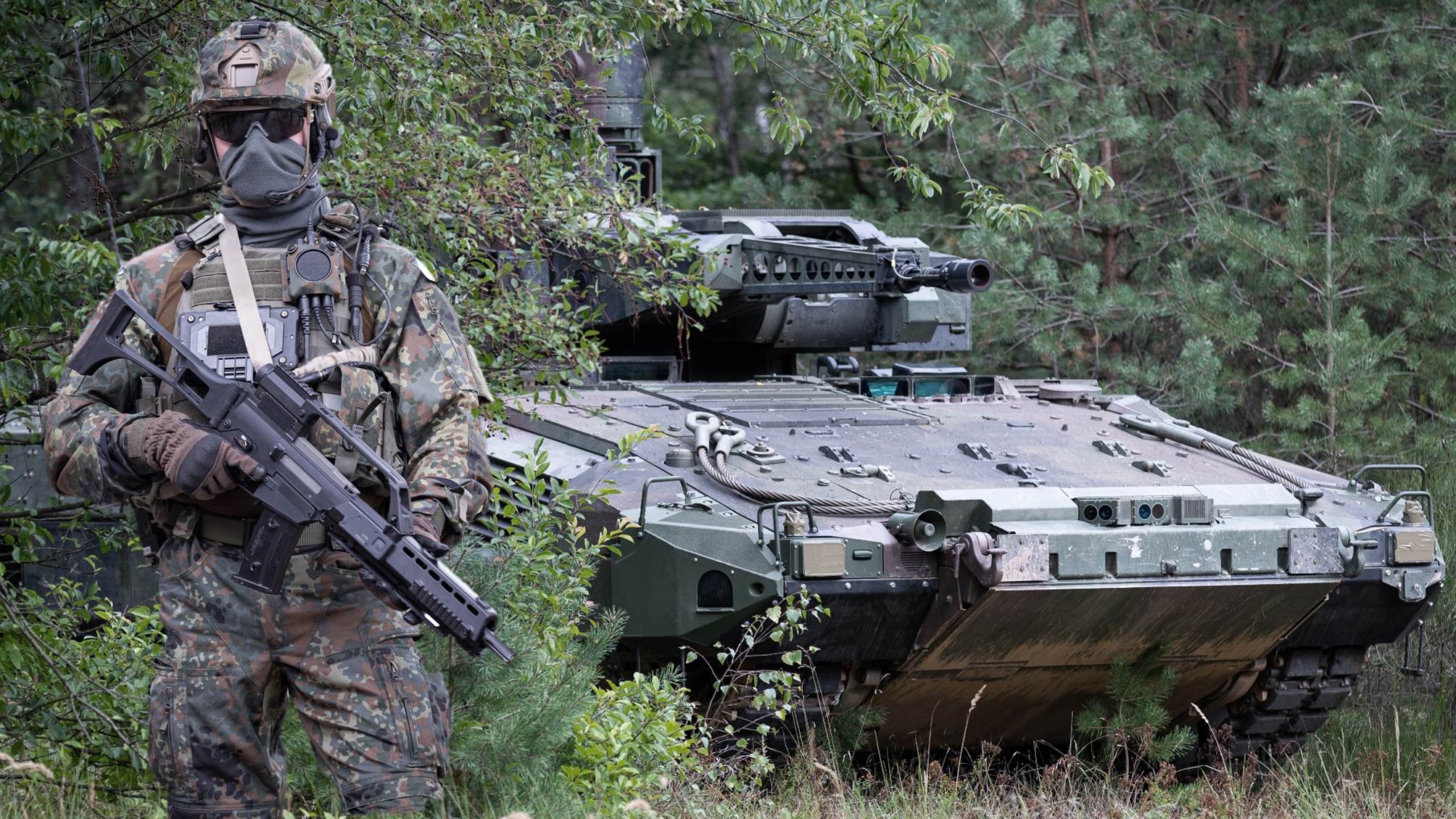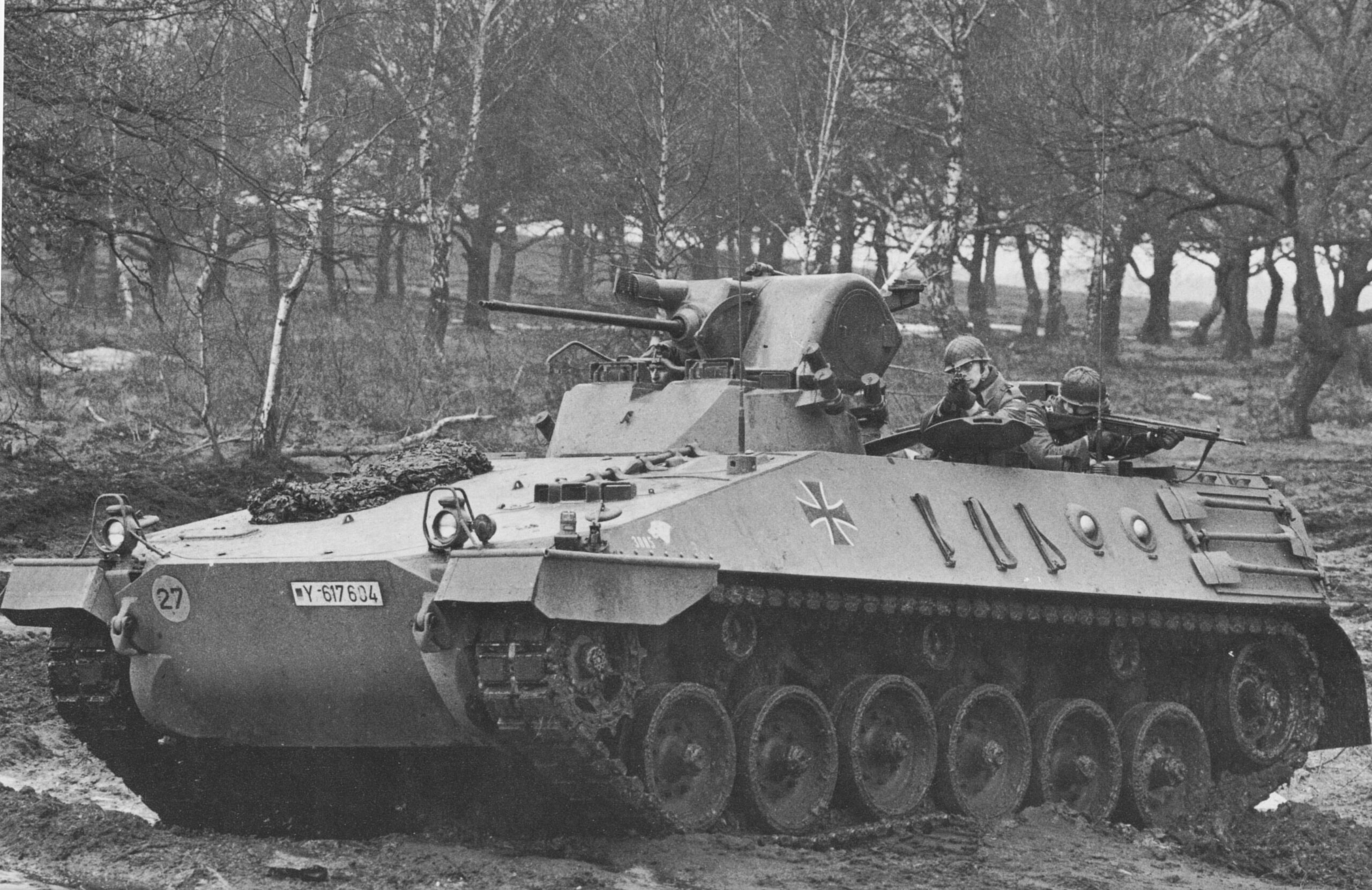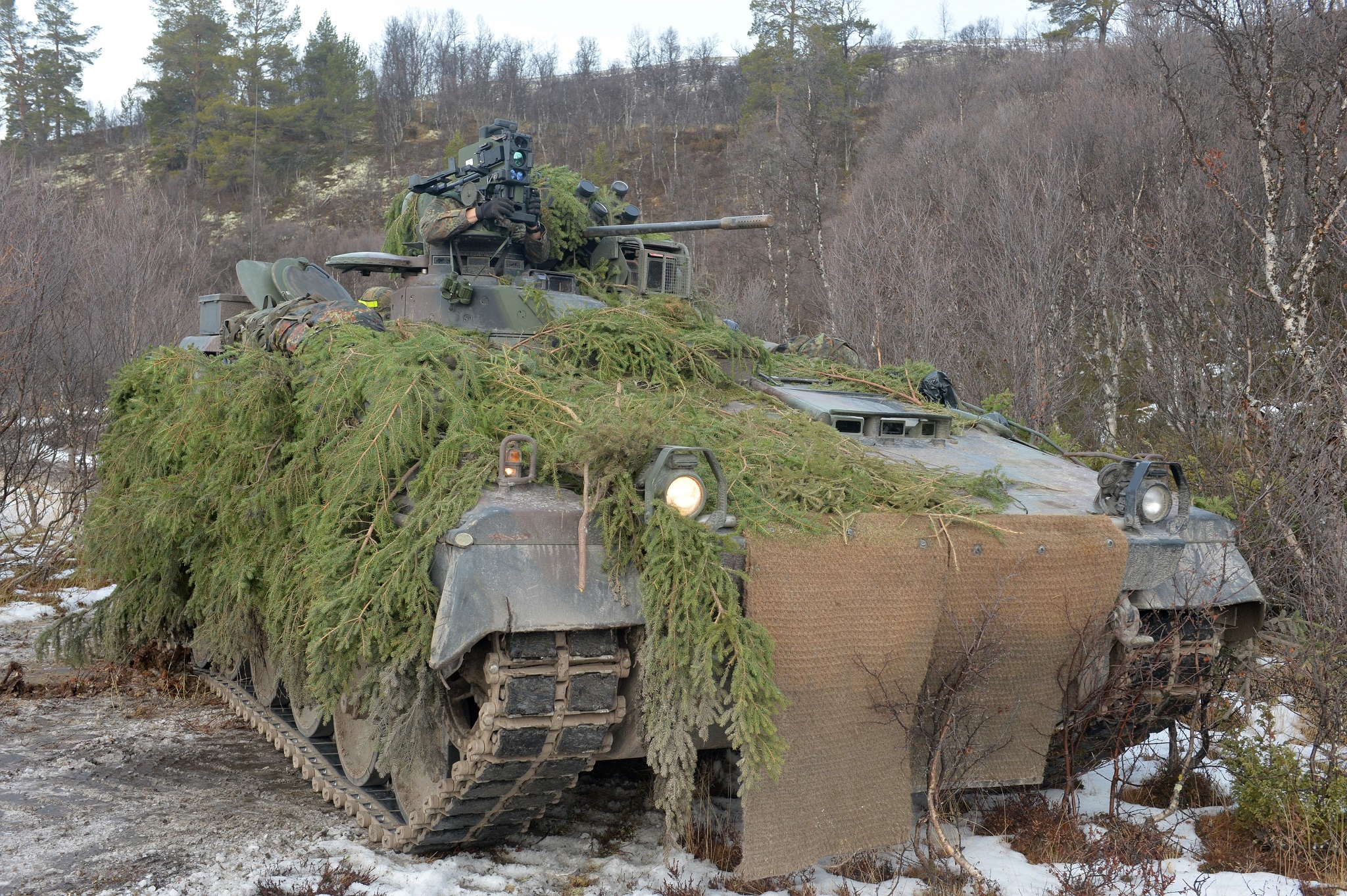ROCHESTER, Mich. — Student engineers got a feel for real-world robotics challenges at the 28th annual Intelligent Ground Vehicle Competition (IGVC) here at Oakland University June 4-7.
The IGVC, hosted by the U.S. Army Ground Vehicle Systems Center (GVSC), is the oldest and largest autonomous vehicle competition in the nation and provides students with their first professional projects as engineers.
The student competitors represent every Science, Technology, Engineering, and Mathematics (STEM)-related major, and there are also opportunities for business majors to become involved.
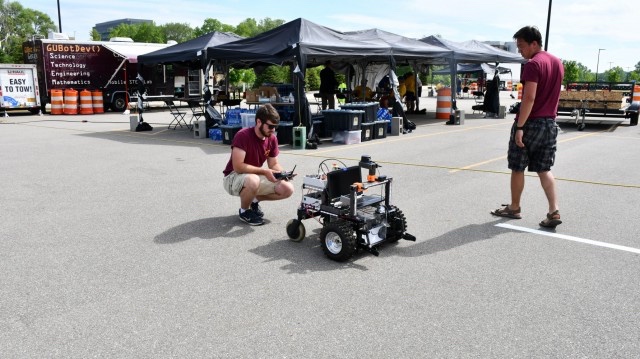
IGVC event sponsors frequently recruit students into full-time positions upon finishing their degrees, said Bernard Theisen, GVSC’s Division Chief for Ground Vehicle Robotics, and a long-time supporter of the competition.
“If these students can use this capability to build these unmanned systems, they are the perfect recruits,” said Theisen. “Some of the teams here are taking advantage of some of our core products such as our Robotic Technology Kernel (RTK) software and Warfighter Machine Interface (WMI), used to control their vehicles.”
The competition offers students a glimpse of what it means to be an engineer for the Army. “I think IGVC has been a good catalyst for robotic development,” said Theisen.
Many GVSC engineers were recruited at previous competitions they participated in as students.
“I would say probably 30 percent of everybody in GVSC Ground Vehicle Robotics competed in the competition at one time or another,” said Theisen.
Unmanned systems allow the Soldier to operate technology from a distance, providing better protection, said Theisen. “Our primary customer is the Soldier, and robotics and autonomy help take the Soldier out of harm’s way.”
Engineers for the Army provide Soldiers with the most cutting-edge products that give them the most security on the frontlines.
“My primary goal as an engineer for the Army is to save Soldiers’ lives,” said Theisen. “I want to give them the best technology and the best capability.”
Engineers for the Army use their versatility and determination to work around the constantly changing needs of the Warfighter and it isn’t always easy, said Theisen.
“There’s a lot of ups and downs” said Theisen. “We are focused on the technology and it changes often.”
Andrew Kosinski, a mechanical engineer for GVSC Ground Vehicle Robotics, said IGVC gives students a chance to use flexibility and quick thinking to solve complications that occur before and during the competition.
“Having to be flexible is the biggest challenge that comes with being an engineer for the Army,” said Kosinski. “You have to work with a lot of different situations and people and need to be able to think on your feet.”
IGVC also provides an environment full of positivity and diversity. There are countless opportunities for networking.
“I love seeing all the teams show off from all around the world,” Kosinski said. “I love being able to talk to all sorts of unique people.”
What’s more, while IGVC gives many students a chance to learn more about Robotics Technologies and develop a passion for it— the competition is a venue for student engineers to pursue professional careers in engineering.
“The competition is the best type of job interview because you get to see people in action,” said Kosinski. “That’s why Army and various sponsors support it each year.”
More information on the Intelligent Ground Vehicle Competition can be found at www.igvc.org.
By Kennedy Thomas
